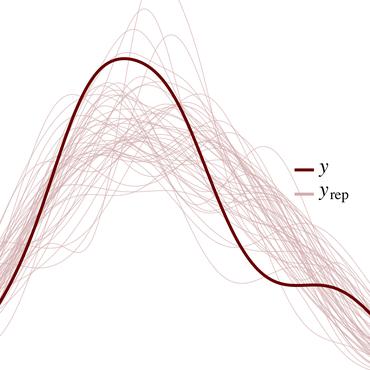Spacecraft Collision Risk Assessment with Probabilistic Programming
Over 34,000 objects bigger than 10 cm in length are known to orbit Earth. Among them, only a small percentage are active satellites, while the rest of the population is made of dead satellites, rocket bodies, and debris that pose a collision threat to operational spacecraft. Furthermore, the predicted growth of the space sector and the planned launch of megaconstellations will add even more complexity, therefore causing the collision risk and the burden on space operators to increase. Managing this complex framework with internationally agreed methods is pivotal and urgent. In this context, we build a novel physics-based probabilistic generative model for synthetically generating conjunction data messages, calibrated using real data. By conditioning on observations, we use the model to obtain posterior distributions via Bayesian inference. We show that the probabilistic programming approach to conjunction assessment can help in making predictions and in finding the parameters that explain the observed data in conjunction data messages, thus shedding more light on key variables and orbital characteristics that more likely lead to conjunction events. Moreover, our technique enables the generation of physically accurate synthetic datasets of collisions, answering a fundamental need of the space and machine learning communities working in this area.
PDF Abstract


